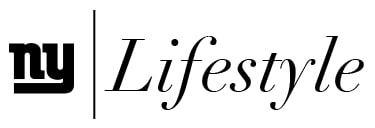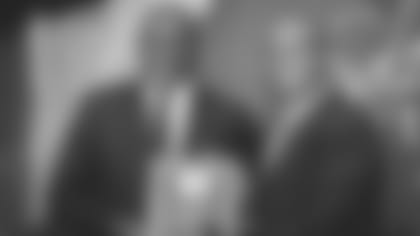THE REAL STARS OF THE NFL COMBINE
BY DAN SALOMONE
A 40-yard strip of turf steals the show every year at the NFL Scouting Combine.
But the real dash takes place in the bowels of Lucas Oil Stadium.
That's where medical staffs from all 32 clubs conduct thorough evaluations of 330 prospects they have never examined before.
So even when a running back turns in the fastest 40 time and leads every sports highlight show, teams still know who the real stars are in Indianapolis, which hosted its 30th combine this past week.
"I don't know about the star," said Dr. Scott Rodeo, the Giants' head team physician and attending orthopaedic surgeon at the Hospital for Special Surgery. "But I think it's an important thing we need to do for the team and really carefully look at these players."
First held in 1982 in Tampa, Fla., the combine's original purpose was for teams to ascertain medical histories of the top draft-eligible players coming out of college. As the NFL grew, so did the combine -- to the point where an auxiliary press room needed to be added this year. But at its core, the most important part has not changed.
"I think when you look at the history of the combine, probably still the most important thing is you have the chance to get these players in front of the doctors," Giants head coach Ben McAdoo said. "And get them examined there so you know what you're dealing with and get a medical grade on them."
Added McAdoo: "They're not just a guy on tape, they're not just a guy on a piece of paper, but they're a human being."
That's why entire organizations, from coaches to scouts to doctors, pack up and relocate to Indianapolis for one week out of every year.
"We're here as part of the whole team to do a thorough evaluation of the players," said Dr. Rodeo, who is also co-chief emeritus of Sports Medicine and Shoulder Service at the Hospital for Special Surgery. "So we do thorough orthopaedic examinations really head to toe. Our medical physicians are here, and they do medical examinations -- heart, lungs, and chest x-rays and EKGs (electrocardiograms), vision tests. So it's really a comprehensive evaluation of every single player for the draft."
In order to do so, the doctors also need the instruments for what are essentially pre-employment physicals.
"Here on premises, we have access to labs, echocardiograms, MRIs (magnetic resonance imaging)," Dr. James Kinderknecht, an associate team physician, said in a concourse of Lucas Oil Stadium. "It's a very efficient way to get a lot of information. It's good for us, and it's also good for the athletes.
"First of all, you want to be right. Accuracy is incredibly important because the organization needs good information to make decisions in terms of, really, future employees."
Once the players are examined, the information is communicated to the personnel department.
Dr. Rodeo and his team gather all the test results and imaging studies for a report that they will then hand over to general manager Jerry Reese and his team before the draft begins on April 28.
"We'll then put all that together as we go back to New York and review every single player," Dr. Rodeo said. "Then we meet as a staff -- medical, personnel, and coaching -- and we go over each and every player prior to the draft. So when they go into the draft in April, they have information on each player as far as our medical examinations."
Want more Giants LifeStyle? Click here














